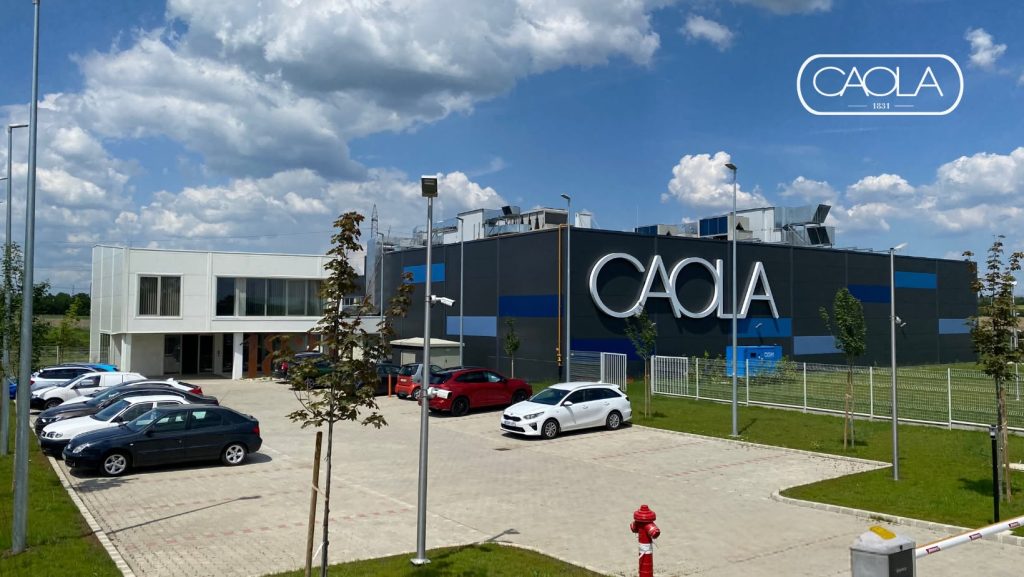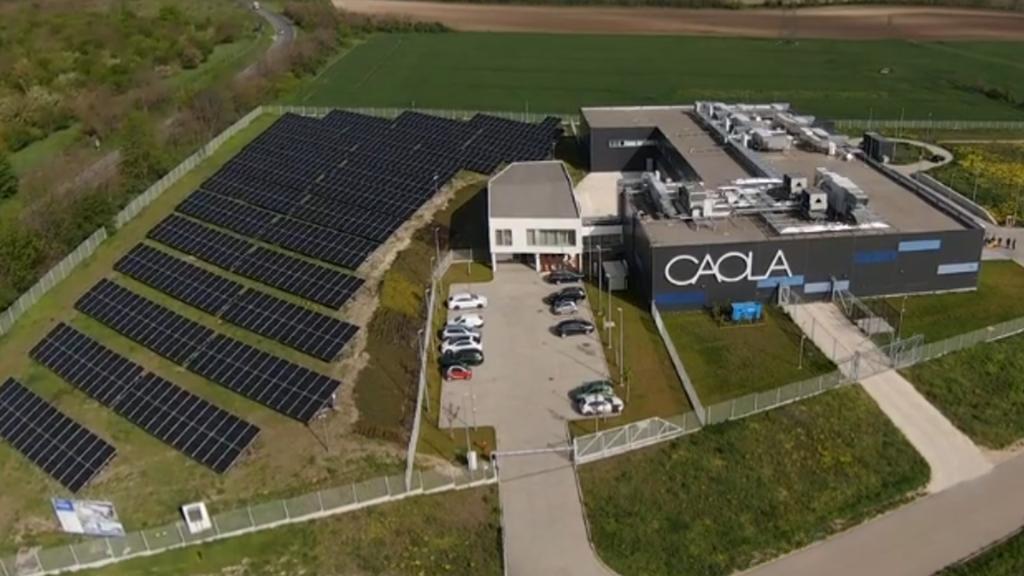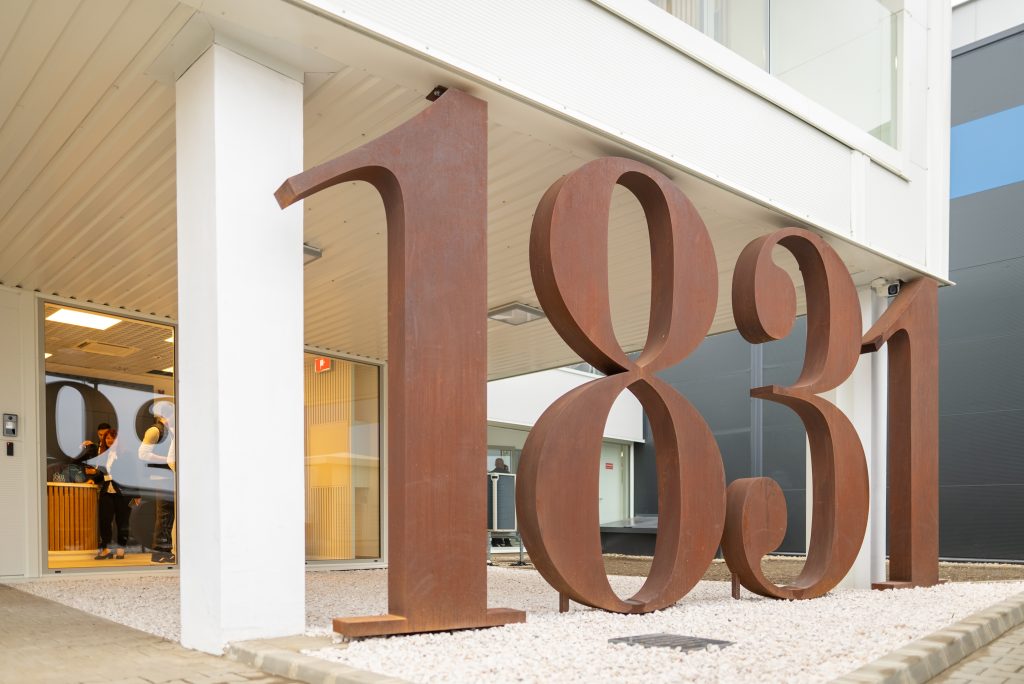CAOLA Ltd.
Find out where we started
Caola and the birth of the Hungarian cosmetics industry

1831
The history of Caola dates back to 1831, and thus to the reform era. Our cosmetics and chemical company and many of the products in our portfolio are deeply linked to the development and evolution of domestic industry. The Hungarian cosmetics industry began with the establishment of the very first factory, which was to become the first cosmetics factory in Hungary which started in 1831 by
Jozsef Hutter
a master soap-maker. By the 1930s, it had become one of the largest selling companies in the country. Although the factory started as a small family business, it quickly outgrew its size and became a joint-stock company in 1906.

Milestones of CAOLA

The Hungarian cosmetics industry took its first steps with the factory of master soap-maker József Hutter, one of the predecessors of today's Caola.

In 1917 Hutter Ltd. founded Elida Hungarian Perfumery and Soap Ltd.

In 1918, Hermann Baeder founded a new company, Baeder Perfume Ltd. Soon after, the new brand name Caola was born.

The well-known BIP (Budapest Perfume and Soap Factory) was created.
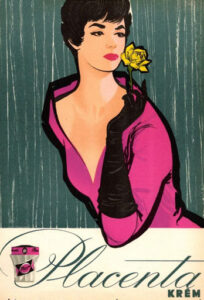
The Perfumery and Cosmetics Company was established in 1961 by the merger of several chemical companies, including the Elida Soap Factory, founded in 1917, and the Budapest Perfumery and Soap Factory. The resulting large company also owned the rights to the former Baeder Perfume Ltd., which launched the Caola brand.
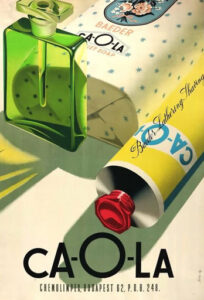
The Company took the name Caola.

Following the privatisations after the regime change and the penetration of multinational cosmetics companies in Hungary, Caola's market leadership position changed radically in the 1990s. In 1999, EVM Ltd. acquired the Caola brand name, while Caola-Alfa Ltd. took over the other brands of the cosmetics portfolio.

As of 5 January 2011, Caola-Alfa Ltd. repurchased the Caola brand name and the Caola product range from EVM Ltd. and continued to operate as Caola Cosmetics and Chemicals Ltd. In 2020 Caola Invest Ltd. acquired a majority stake in Caola Cosmetic and Chemical Ltd.
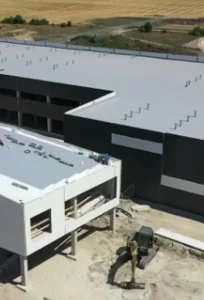
Magyarország egyik legnagyobb múltú cége, amely két évszázad alatt sem tudott tönkremenni, csendben menetelt a csőd felé és minden bizonnyal fel is számolják ha az utolsó pillanatokban, 2020-ban nem vásárolja fel dr. Bándi Imre és befektetőtársai, így továbbra is 100%-ban magyar tulajdonban maradt a magyar vállalat. Az új tulajdonosi struktúra új jövőképet vázolt fel a Caola majdnem 200 éves történetében.
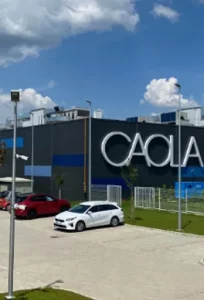
A Caola Zrt. életében elérkezett az idő, hogy a minél hatékonyabb termelés és kapacitás bővítése érdekében a 192 éves múlttal rendelkező márka minden szempontból megújuláson menjen keresztül. Ennek a megújulásnak legkiemelkedőbb állomása a Martonvásáron épült, minden igényt kielégítő új gyárkomplexum lett.

2024-ben a Caola Zrt. bemutatta a Hello Summer termékcsaládot, amelyet kifejezetten a nyári szezon igényeire fejlesztettek ki. A márka célja, hogy a napozás teljes folyamatára – a napvédelemtől a bőr utóápolásáig – átfogó megoldást kínáljon.
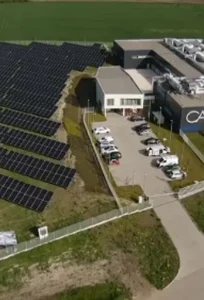
A Caola Zrt. megújulási folyamata tovább folytatódott, és a környezettudatosság, valamint a fenntartható működés jegyében 2025-ben egy korszerű napelempark is megépült a martonvásári gyárkomplexum mellett. Az új létesítmény célja, hogy a vállalat energiaigényének jelentős részét megújuló forrásból fedezze, ezzel is csökkentve az ökológiai lábnyomát és erősítve a Caola elkötelezettségét a zöld technológiák iránt.

The first soaps and cosmetics
His famous toilet soaps included Blue-Red, 7 Flowers, Elida soaps and LUX soap flakes. The Hungarian cosmetics industry took its first steps with the factory of József Hutter, one of the predecessors of today's Caola.
At the beginning of the 20th century, another player appeared among the domestic cosmetics manufacturers. Hermann Baeder, who had studied abroad the science of perfumery and soap-making, opened his perfumery laboratory in Budapest in 1908. The initial success of the business was interrupted by the First World War, but on his return home he founded a new company, Baeder Perfume Ltd.
Milestones for Caola products
1943

Caola bronzolaj
1962
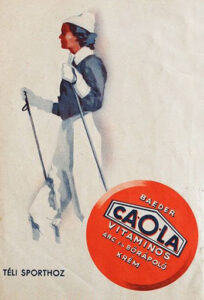
Caola face and skin cream
1966

Caola deodorant cream
1971

Caola aeosol sunscreen, Sugar Sunscreen cream
1985

Hemovit product range
1980-1990
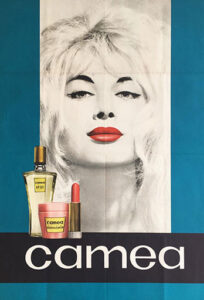
Cala and Camea cosmetics
1980-1990

Timea cosmetics
1980-1990
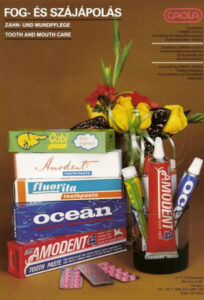
Dental and oral care products
2000
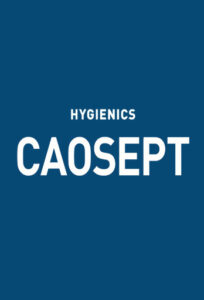
Caonatur and Caosept product development
2016
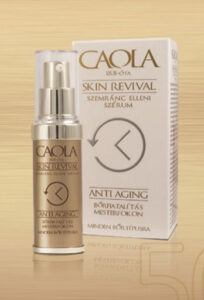
Caola Skin revival development

Name change and what’s behind it
Caola instead of Carola
We also owe the name of the brand to her, and more specifically to her daughter, who was named Carola. She was the one who couldn't pronounce her own name well, always saying "Kaola, Kaola" Herman, laughing at his daughter's pun, eventually named the new range after her, and the name Caola was born.
A few years later, the company employed 200 workers and was conquering a growing market. It exported to neighbouring countries, Romania, Yugoslavia, Czechoslovakia and Italy. The factory established subsidiaries in iconic cities such as Prague, Milan, Arad and New York.
The best-selling products at the time were Ovenall toothpaste, Caola soap and vitamin cream, and Exotic cosmetics.
Wars and turbulent periods in history
During the First World War, the then Ministry of Defence built a military clothing depot, but by the time the complex was completed, the war was over. The site was then used for offices and cooperatives for a few years, before being leased by the state to various industrial companies, including soap and household chemicals. The plant was modernised in 1925 and bought by the newly founded Titan Chemical Works Ltd. In 1950 the company was renamed BIP (Budapest Perfume and Soap Factory), which later became a predecessor of Caola.
After the Second World War, the Perfumery and Cosmetics Company was established in 1961, merging several chemical companies. The Elida Soap Factory founded by Hutter Ltd. and the BIP factory were also merged. The resulting large company also held the rights to the former Baeder Ltd. and in 1981 took on the name Caola, which continues to represent the highly successful domestic brand.

Caola Cosmetics and Household Chemicals Ltd.
Létrejött a vegyipari mammutvállalat
The mammoth chemical company was created, which today evokes nostalgic memories of the legendary Baba and Gabi product lines, and also produced Nivea and Axe products under licence.
The privatisations that followed the change of regime and the emergence of multinational cosmetics companies also changed Caola's market leadership in the 1990s. In 1999, EVM Ltd. acquired the Caola brand name, while Caola-Alfa Ltd. took over the other brands in the cosmetics portfolio.
On 5 January 2011, Caola-Alfa Cosmetics Ltd. bought back the Caola brand and the Caola product range from EVM Ltd. This brought the company back under full domestic ownership, which was renamed Caola Cosmetics and Household Chemicals Ltd.

tervek és fejlesztések
A Caola új fejezete - 2020
In 2020, the company was acquired by a new group of investors. Caola Ltd. remains 100% Hungarian-owned, with a product range that includes shaving products, body and hair care products, fragrances, deodorants, aerosol products, disinfectants, household cleaners and insecticides.
A Budapest XI. kerületében és Diósdon működő gyár versenyképességét szellemi bázisnak köszönheti, mely több évtizedes alapokon nyugszik.
Az új tulajdonosi struktúra új jövőképet vázolt a Caola történetében, melynek keretében két új zöldmezős beruházást valósít meg, felépítve egy 4000 nm-es gyártó csarnokot az Inpark Martonvásár ipari parkban. A területek elhelyezkedésüket, infrastruktúrájukat és technikai fejlettségüket tekintve tökéletes helyszínt biztosítanak a Caola jövőbeli céljainak eléréséhez.
The modular design of the new, modern production halls and the characteristics of the sites will allow the company to expand further in line with future production growth, while creating new jobs for people in the area.



A martonvásári gyár - 2023
A Caola Zrt. martonvásári gyárának megépítése mérföldkövet jelent a vállalat modernizációs törekvéseiben. A 4 000 m² alapterületű, zöldmezős beruházás keretében létrejött létesítmény a legkorszerűbb technológiákkal felszerelt, modulárisan bővíthető gyártócsarnok, amely a cég hosszú távú fejlődését és nemzetközi piacra lépését is támogatja.
A gyár kiemelt profilja a fertőtlenítőszerek előállítása, beleértve a kéz- és felületfertőtlenítőket, valamint kórházi célú termékeket is. A fejlett Ipar 4.0 alapú gyártási technológiának köszönhetően a rendszer automatizált, precíziós működésre képes, napi akár 20 000 liter fertőtlenítőszer előállításával egy műszakban. A termelés igény szerint bővíthető másfél-két műszakos működésre.
A martonvásári üzem nemcsak a termelési kapacitásokat növeli, hanem komoly munkahelyteremtő szerepet is betölt: a beruházás első szakaszában 40–50 új munkahely jött létre, és a bővítés lehetősége további létszámbővítést is előrevetít. A gyár így nemcsak ipari, hanem társadalmi és gazdasági szempontból is értékes hozzájárulás a térség fejlődéséhez.
Ez a létesítmény egyértelműen tükrözi a Caola elkötelezettségét a minőség, innováció és nemzeti értékek iránt, miközben megerősíti pozícióját a hazai és nemzetközi egészségipari ellátási láncban.
